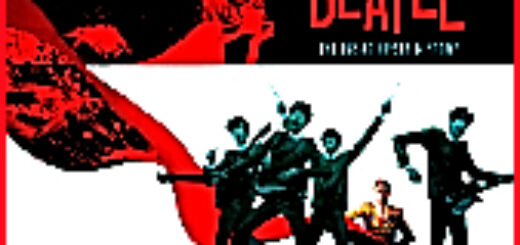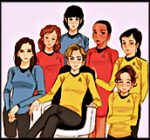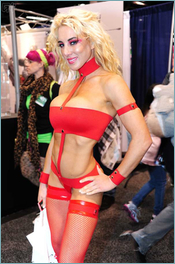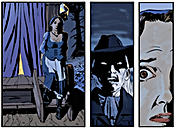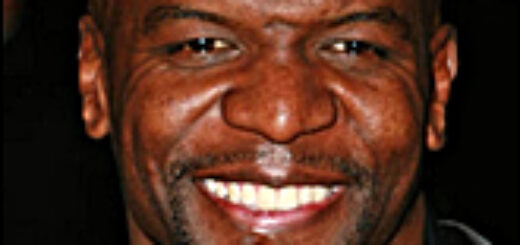Martha Thomases: All You Need is Love
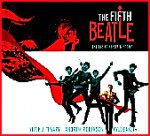 The Fifth Beatle: The Brian Epstein Story by Vivek Tiwary and Andrew C Robinson, with Kyle Baker. 144 pages. Dark Horse. Available in both hardcover and electronic editions.
The Fifth Beatle: The Brian Epstein Story by Vivek Tiwary and Andrew C Robinson, with Kyle Baker. 144 pages. Dark Horse. Available in both hardcover and electronic editions.
This week, I’m kvelling all the time. The Fifth Beatle is finally in the stores.
Let me explain. About a dozen years ago, I met Vivek Tiwary and we quickly became friends, even though it’s only recently I’ve pronounced his name properly. We met because we had friends in common, friends who inspired us to do some good, in Vivek’s case quite amazingly. (Really, watch the video at the link. It’s wonderful.)
Community service is all well and good, but what really bonded us was comics. We are totally geeks together. We would walk around various conventions (both Book Expo and the San Diego Comic-Con), sharing the kind of fangasms such events inspire. I even helped him take his young son around.
During these walks, and on other occasions, we would often talk about his various projects, He was working on turning Green Day’s American Idiot album into a theatrical musical, and he was working on a screenplay about Brian Epstein. Vivek is quite passionate on the subject of Epstein, the Beatles’ first manager. He first looked tried to find out about him 21 years ago, when he was in business school. There was hardly any information. Over the decades, he pulled the story together. Vivek had a lot of experience as a theatrical producer, but film was a new medium for him. He had written a screenplay, but getting it made was an arduous process.
Why not make it into a graphic novel while you wait, I suggested.
And so he did. He found Andrew Robinson to collaborate on the art (and I introduced him to Kyle Baker, who drew the hilarious scene in the Philipines), and off they went. Thanks to my ComicMix co-columnist Michael Davis, we got the book to Dark Horse.
Vivek didn’t fall into the trap that catches too many writers from other media, including me. He doesn’t cram the page with words. He knows how to let the pictures tell the story. He trusts his artist to convey the pace, the emotions, the energy of the story. Andrew doesn’t let him down. The likenesses are evocative without being overbearing. People who knew some of the characters in real life tell me he nailed the body language as well as the bodies. The use of Beatle lyrics is lovely.
There is a rhythm to the story that is like a great rock’n’roll song. You get caught up in the energy when you read it the first time, and then you can’t get it out of your head.
And now, you have the book in your hands. You’re welcome.
SATURDAY: Marc Alan Fishman
SUNDAY: John Ostrander

